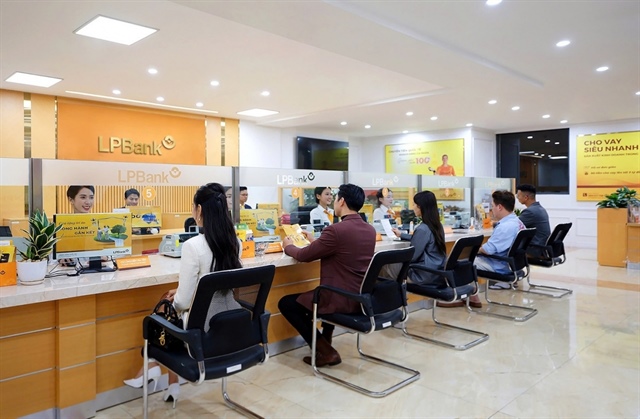Vietnam succeeds in putting brake on bad debt increase
Vietnam succeeds in putting brake on bad debt increase
The latest updates show that the bad debt increase has slowed down, which is really the good news for the national economy.

Meanwhile, the reports by credit institutions showed that the bad debt ratio had reached 4.49 percent of the total outstanding loans by the end of June.
The above said figures are the latest official updates about the bad debt situation of the banking system, which has come after the figure released officially by Governor of the State Bank Nguyen Van Binh at the National Assembly’s session in May 2012.
Two things can be found from the recently released figures.
Firstly, there still exists a big gap between the figure announced by the central bank’s inspection agency and the figure reported by commercial banks. Analysts believe that the central bank’s statistics prove to be more reliable, while commercial banks tend to ignore the current regulations on provisioning against bad debts, trying to “make up” figures to please their shareholders and the watchdog agency.
Secondly, the bad debt increase has slowed down recently.
A report by the State Bank showed that the bad debt ratio of the whole banking system had reached 8.6 percent by the end of March 2012. The figure had risen to 8.82 percent by the end of June, which means that the bad debt ratio had increased very slightly by 0.22 percent, even though the second quarter of the year was still a very tough period for enterprises.
As such, after rising sharply in the first quarter of 2012, the bad debt increase has slowed down considerably since the second quarter.
Nguyen Huu Nghia, Chief Inspector of the State Bank of Vietnam, has agreed that the bad debt ratio increase has slowed down, which means that the worst has happened, and banks have every reason to expect the better to come in the future.
“In general, commercial banks have more strictly followed the current regulations on provisioning against the bad loans,” Nghia commented.
There have been many factors which have helped speed up the bad debt settlement process recently.
Firstly, at the beginning of the second quarter, the State Bank released the Decision No. 870, laying down a legal framework for commercial banks to restructure debts, under which banks would give capital support to potentially profitable businesses which are facing temporary difficulties.
Secondly, which is the most important factor, according to Nghia--is the slowdown of the inventory increase. The inventory index has been on the decrease. While the index had increased by 34.9 percent by March 1, by 32.1 percent by April 1, 29.4 percent by May 1, 26 percent by June 1, 21 percent by July 1, 20.8 percent by August 1 and 20.4 percent by September 1.
There has been a close relation between the inventory index and the bad debt ratio. Since businesses cannot sell their products due to the low purchasing power, they cannot get money to pay bank debts.
Therefore, one of the most important measures taken to clear bad debts is to clear the big inventories, thus stimulating the cash flow and improving the businesses’ solvency.
A report by the Economics Committee of the National Assembly has also pointed out that clearing big stocks is an urgent task which can both help support the production and serve as the solution to the debt settlement as well.
vietnamnet


























